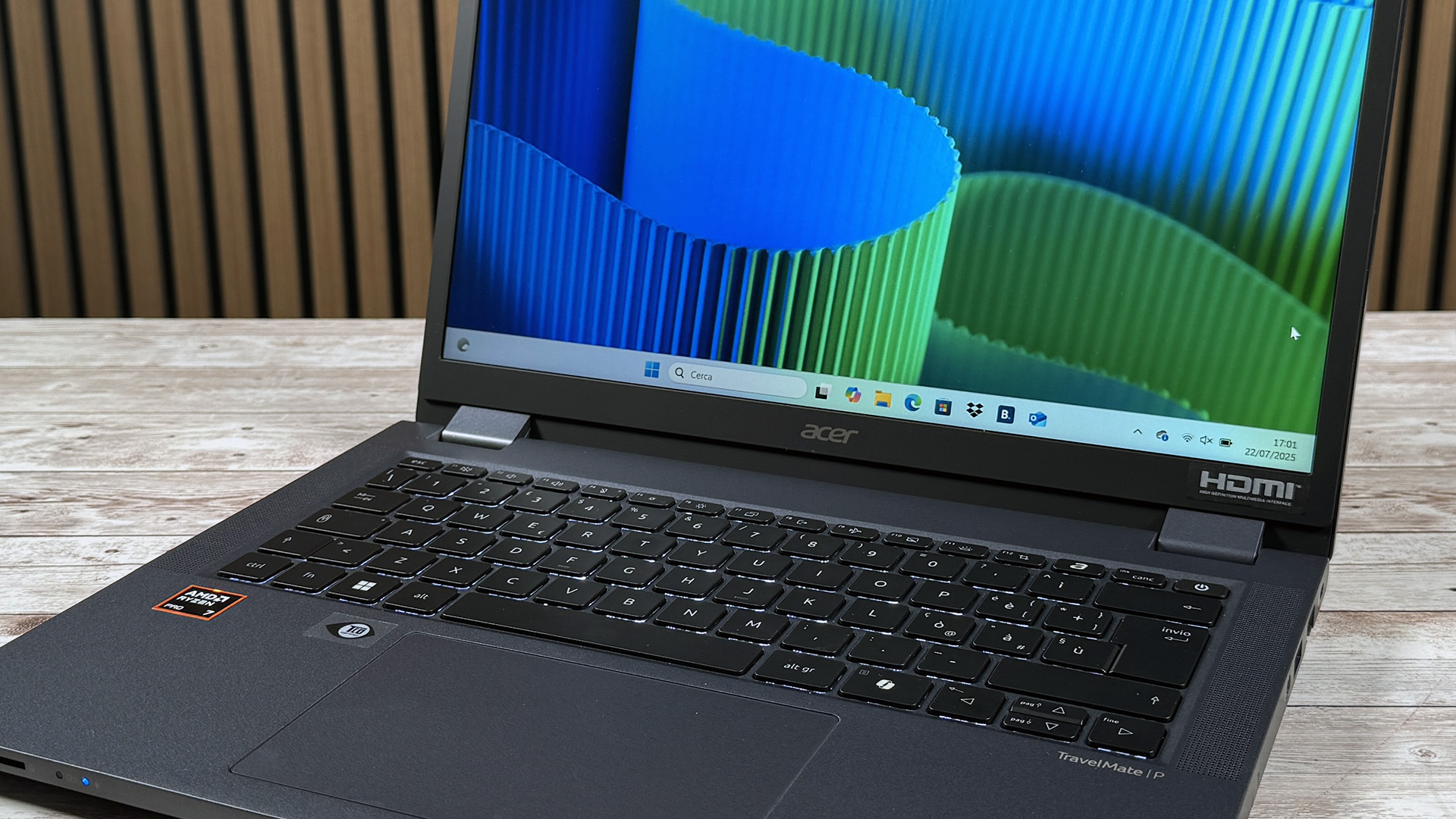|
|||||||
|
|
|
 |
|
|
Strumenti |
|
|
#1 |
|
Senior Member
Iscritto dal: Sep 1999
Città: Torino
Messaggi: 461
|
problema monitor toshiba a100
ciao,
ho appena preso un notebook toshiba a100 versione 170, e con grande sconforto ho scoperto che il refresh rate del monitor è "bloccato" a 60 Hz, quando ha il settaggio sulla risoluzione standard di 1280*800. E' normale questo, o si tratta di un problema del mio notebook? Considerando che lo dovrei usare per lavoro, molte ore al giorno sarebbe un casino dover lavorare con un flickering del genere! aiuto, consigli, soluzioni? grazie....
__________________
In rebus dubis plurimum est audacia: Nelle situazioni incerte vale moltissimo l'audacia Se pensi che il tuo capo sia uno stupido, ricordati che se fosse stato più intelligente forse tu non lavoreresti per lui. |
|
|

|
|
|
#2 |
|
Senior Member
Iscritto dal: Dec 2004
Messaggi: 6317
|
Tutti i pannelli lcd nei notebook sono a 60Hz.
|
|
|

|
|
|
#3 | |
|
Senior Member
Iscritto dal: Sep 1999
Città: Torino
Messaggi: 461
|
Quote:
__________________
In rebus dubis plurimum est audacia: Nelle situazioni incerte vale moltissimo l'audacia Se pensi che il tuo capo sia uno stupido, ricordati che se fosse stato più intelligente forse tu non lavoreresti per lui. |
|
|
|

|
|
|
#4 | |
|
Senior Member
Iscritto dal: Dec 2004
Messaggi: 6317
|
Quote:
|
|
|
|

|
|
|
#5 |
|
Senior Member
Iscritto dal: Jan 2007
Città: o mia bela madunina che te brili de luntan
Messaggi: 396
|
i tft funzionano bene anche a 60 hz, non vedi flickering perchè cambia proprio il modo di visualizzare:
CRT’s have a refresh rate measured in Hz. The higher this number, the faster the screen refreshes the display. A CRT monitor redraws the whole display every pass, picking up even the smallest changes at a much faster rate than the human eye. Having a refresh rate that is too low, the CRT monitor will appear to flicker. In the States, the sine wave used by electric utilities is 60Hz. That's why CRT monitors will flicker when run at 60Hz. (for more on the effects of Refresh Rate and VSYNC, click here and here) TFT LCD’s are slightly different and are not hindered by the flicker that plagues CRT monitors. Consequently, TFT LCD’s typically operate at 60Hz and when the image on the screen changes, only the affected pixels on the display are altered. The rest remain unchanged. But changing pixels takes time to alter from one state to another, this is commonly called rising and falling. The time the pixels take to rise or fall is then referred to as the response time. The smaller the response time, the faster the pixels can change and this will result in less of the ghosting effect. This is, in my opinion, the greatest issue with TFT LCD’s and gaming. This response time is given in milliseconds on the specifications for the display. da http://www.d-silence.com/feature.php?id=249 |
|
|

|

|
| Strumenti | |
|
|
Tutti gli orari sono GMT +1. Ora sono le: 10:39.






















